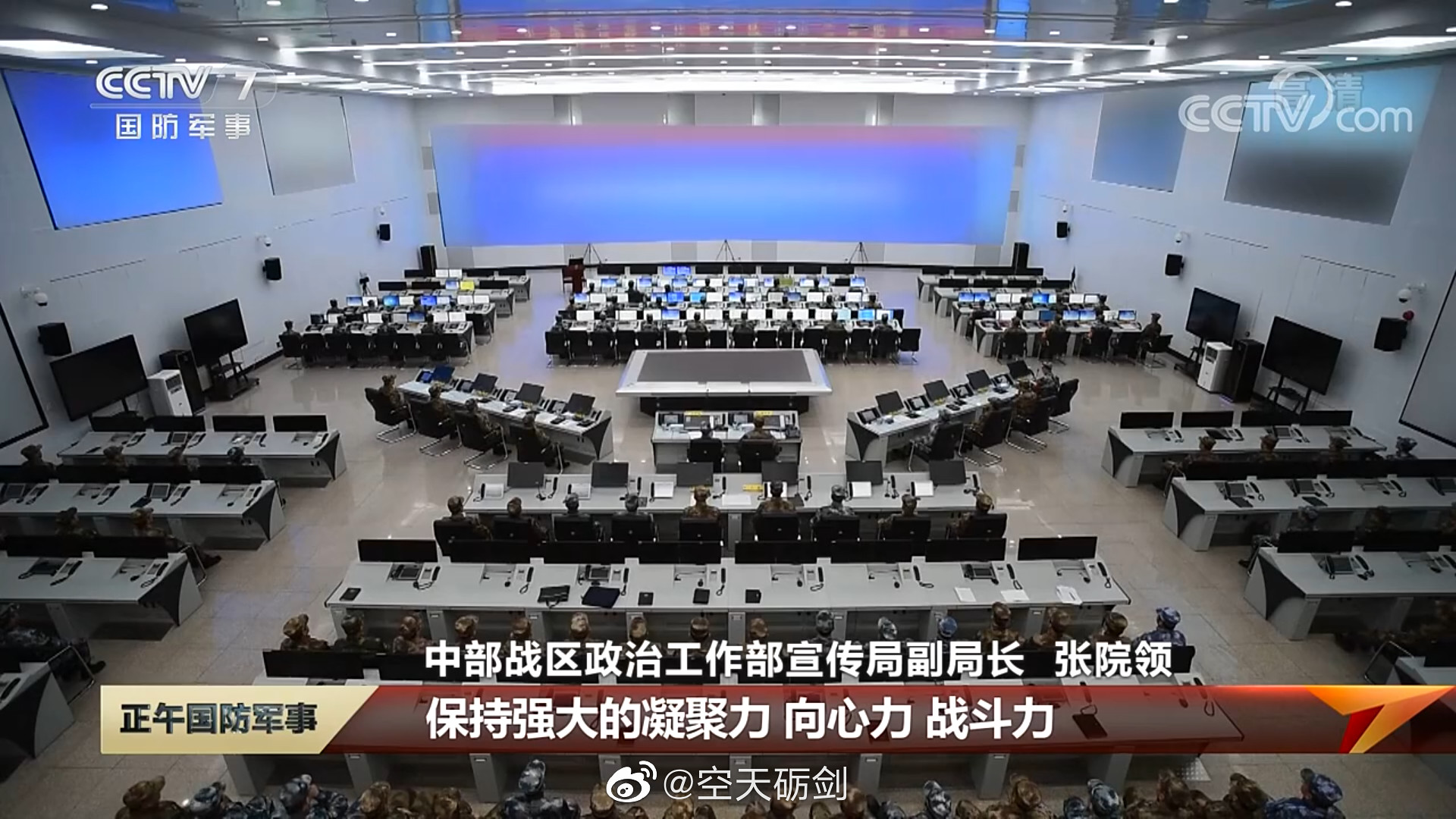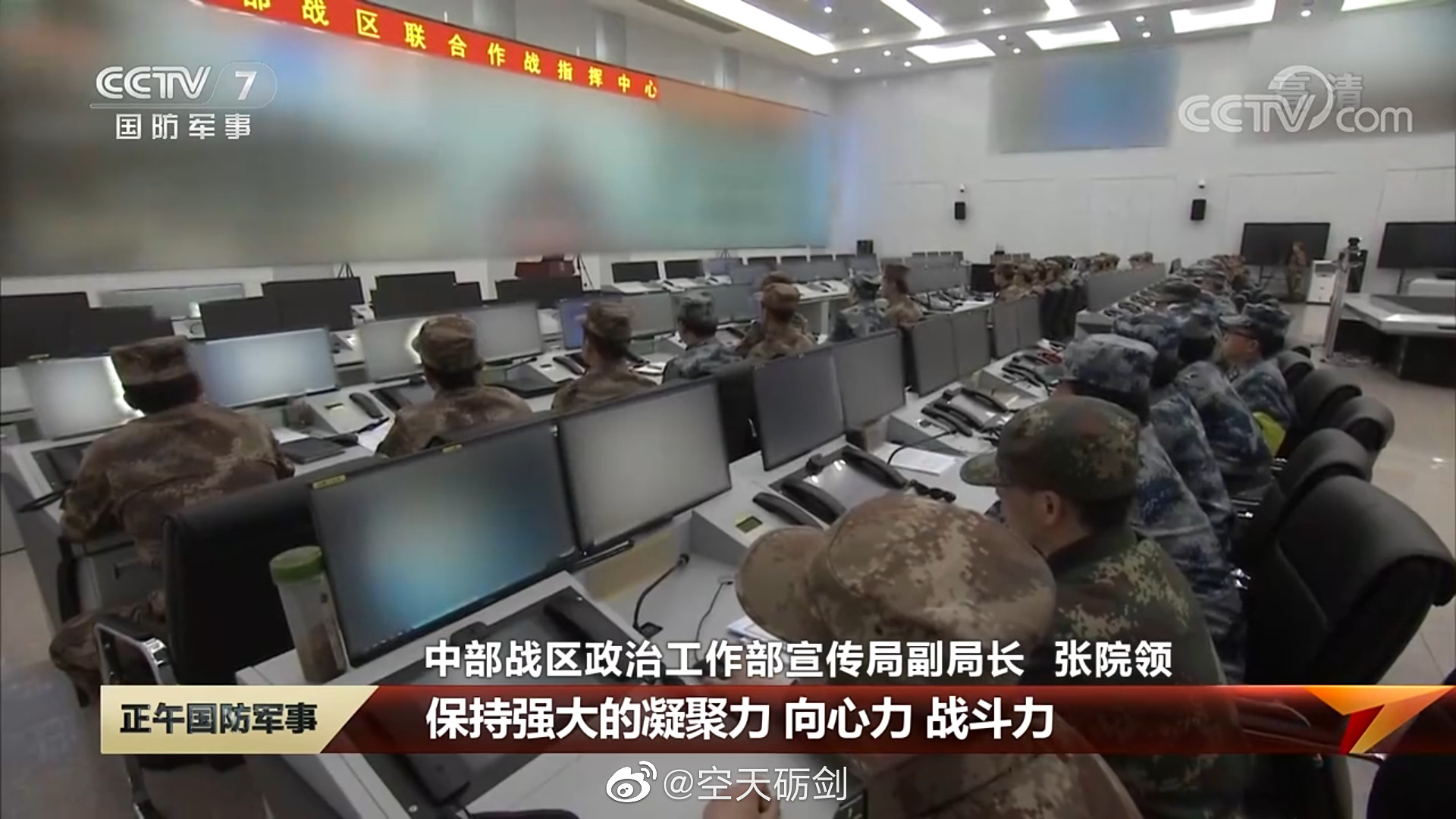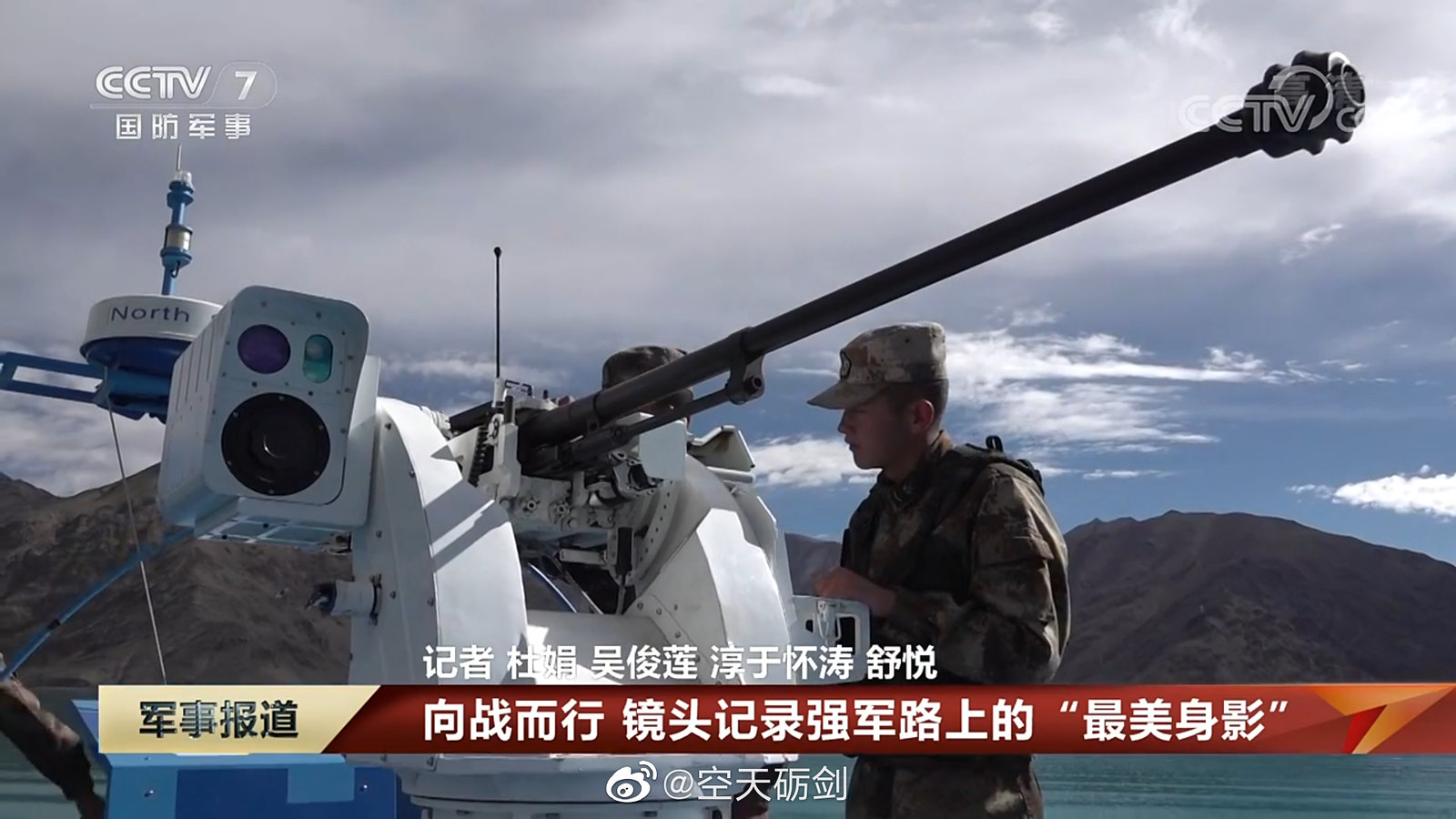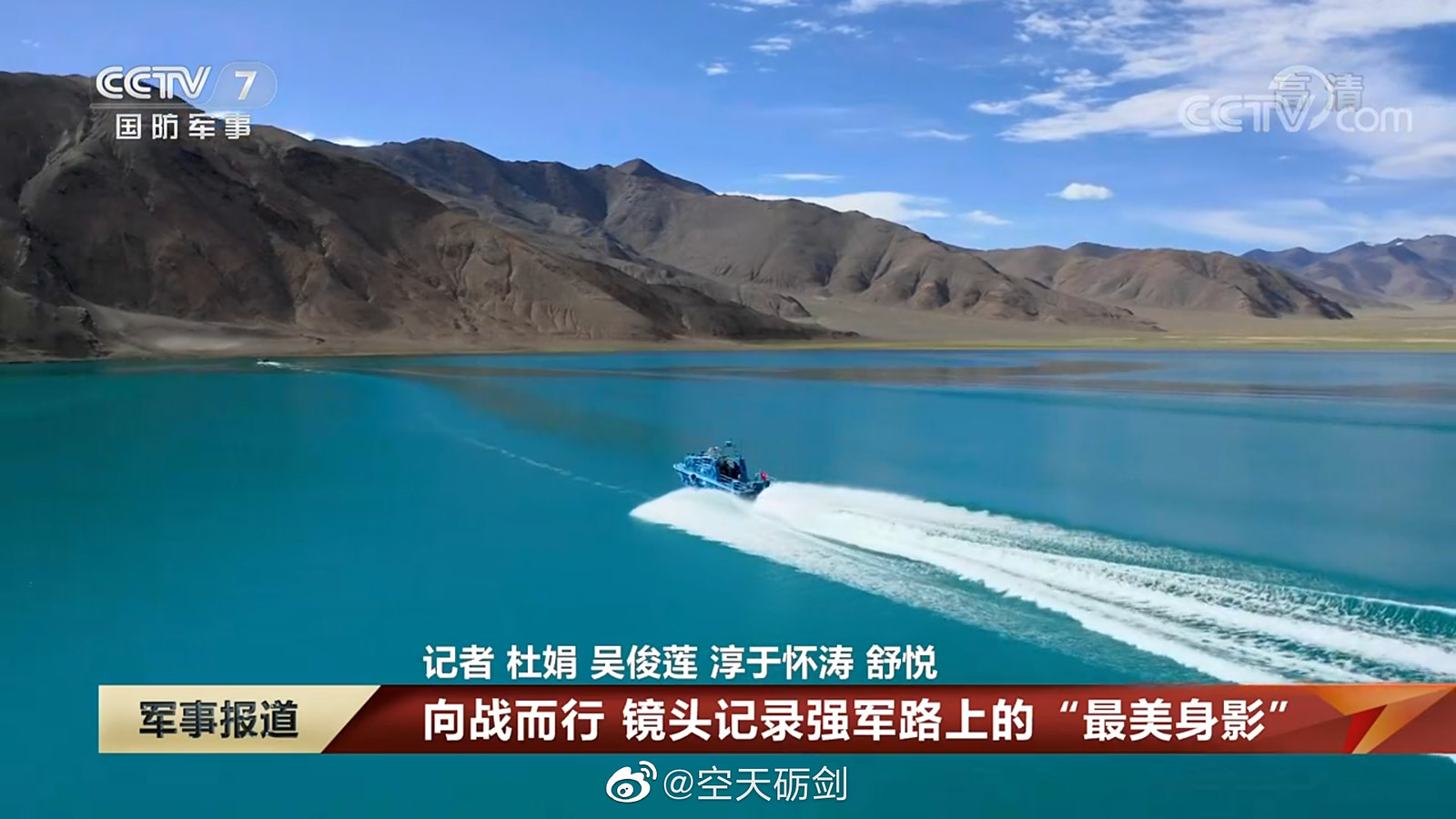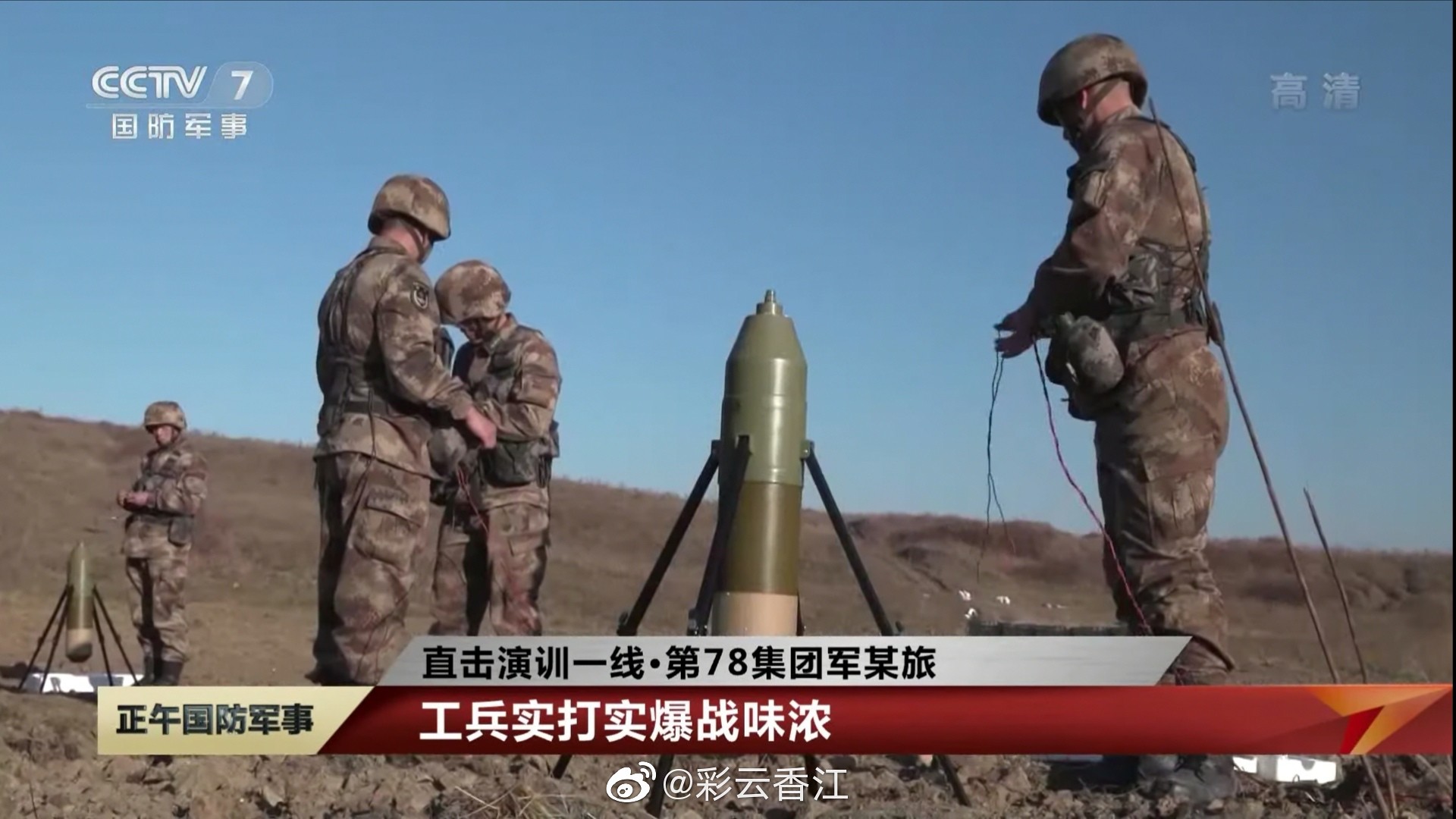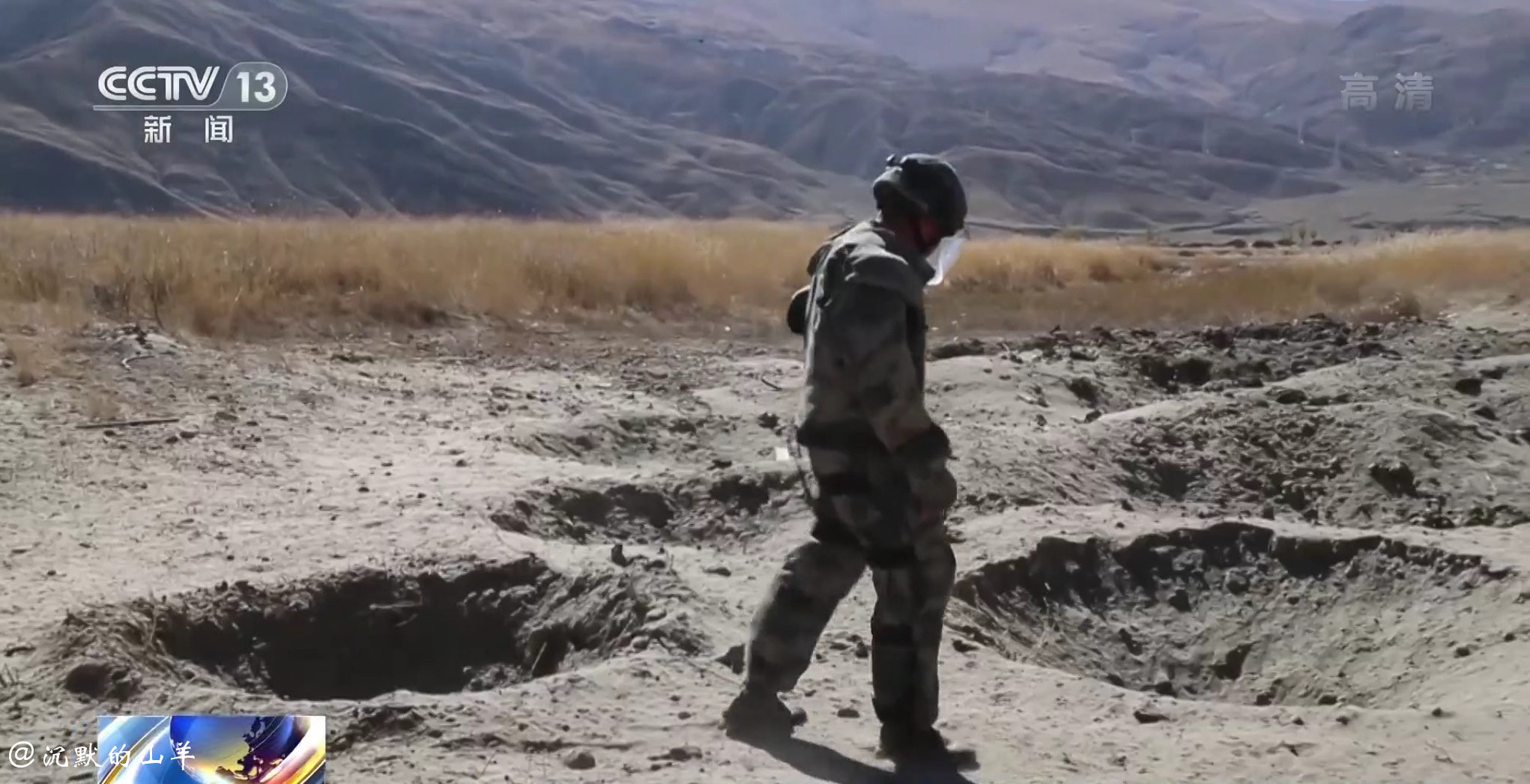Based on this website (), his company, SRC, partnered with Norinco on many artillery projects, so in short yes. Here is an excerpt from the article:Isn't PLA's howitzers developed with the help of Gerald Bull?
Chinese accounts of the provenance of this system are rather jumbled. It is generally agreed that this super cannon was the work of the inevitable Gerald Bull, who turns up whenever big guns are mentioned. Bull was a Canadian national, whose SRC buiness entity was based in Belgium. Many Chinese accounts incorrectly identify Bull as British. Chinese accounts are in disagreement over the origins of the project, with some suggesting that the gun was intended for foreign sales, while other claim it was for Chinese army requirements.
By some accounts, the gun was not designed for the equipment of the PLA, but rather aimed at the international market. Not many countries in the world were equipped with a 203mm howitzer, only the United States, Japan and a few other countries, but most of them are now retired. One sources relates that during the Iran-Iraq war, China developed the gun for export to [both!] Iran and Iraq, to make up for the lack of missile fire. But by the time China had successfully developed the gun, the war had ended.
By another Chinese account, the background to the development of this artillery was the background of the crisis of the Chinese army against the obsolescence of artillery strength. What the Chinese military of the 1980s recognized as the biggest virtual enemy was the Soviet army of the army power that borders on a long borders, among which the armored troops and artillery troops were particularly threatened. For the Soviet troops, which traditionally emphasized artillery strength, the Chinese military artillery unit of that time was inferior to most of the points such as the number of guns and rocket gates to be equipped, the amount of projection shots, shooting accuracy, range and so on. All the various field guns and rockets operated by the Chinese army were equipment of the Soviet Union introduced in the 1950s and 1960s, and as of the 1980s it was undeniable to obsolete. Furthermore, it was predicted that at the time the state of the art technology of China, it was difficult to develop a field gun with the ability to oppose Soviet artillery on its own.
In order to solve this situation, China chose to introduce technology from the West where relationships were improved since the late 1970s. As a result of the investigation team being dispatched to each country and examination, China was requested to cooperate with the development of new field gun was Space Research Corporation (hereinafter referred to as SRC company) headquartered in Brussels, Belgium. SRC was a weapon design consultancy company established by Dr. Gerald Vincent Bull who was the authority of global trajectory studies and is known for the longest-range range gun and innovative long-range artillery technology. SRC had developed a GC-45 155 mm howitzer with a maximum range of 30 km that overturned conventional wisdom at the time in the 1970's, developed FRFB (Extend Range Full Bore) bullets and base bleed bullets that secured high hit accuracy while extending the range Technologies, including Austria, Republic of South Africa, Spain, Thailand, Yugoslavia, Iraq, etc, were introducing technology of SRC company.
In response to technical cooperation from SRC, China developed a 155 mm cannon howitzer (later PLL - 01 155 mm howitzer (WA - 021) ), and based on its technology, 203 mm cannon of large caliber and long range. China decided to develop the project in August 1986, and Northern China Industry Association (NORINCO) and SRC Company, and ERT / EDB in Spain signed a "Discussion on Research and Development of Artillery Weapons System" and the scope of the collaboration of the three companies. The financial burden and other details were confirmed. In September the Communist Party Central Military Commission officially approved the development of a 203mm cannon howitzer. SRC company designed a 203mm cannon howitzer, ERT / EDB company manufactured and tested the first two trial guns (SRC is a consulting company and ERT / EDB acts on behalf of not having its own manufacturing capacity) ), NORINCO was to be responsible for the manufacture of two prototype guns and the examination in a wider field. As an incidental condition of the contract, SRC Included providing design materials of FGH-155 towed artillery, FGT-203 203 mm towed artillery, VSP-203 203 mm self-propelled artillery as reference materials for research and development in China.
According to Chinese sources that Chinese 8in howitzer was a joint project betwen Norinco, SRC company and Spanish ERT/EDB company. SRC came up with the design drawings, Spanish SITECSA company had produce two prototypes and Norinco produced two more prototypes. SRC was Canadian Gerald Bull's, of GC45, G5 and Iraqi Super Gun (in)fame, company not British. He worked for the Chinese during the 1980s (based in Belgium) supplying them with the 155mm ERFB technology and a design for a medium gun. It shouldn�t be a surprise that he also provided a design for his heavy gun. However this gun was a 210mm gun that he also supplied to Iraq. A 210mm gun looks very much like a 203mm (8 inch) gun from the outside and without close inspection. Bull was a big fan of L45 barrels. So if it was a 210mm L45 barrel it would be 9.5 meters long. The muzzle brakes of the Iranian piece and the Chinese gun seem to be identical. Both guns are derivatives of a Gerald Bull/SRC design.
Last edited:








